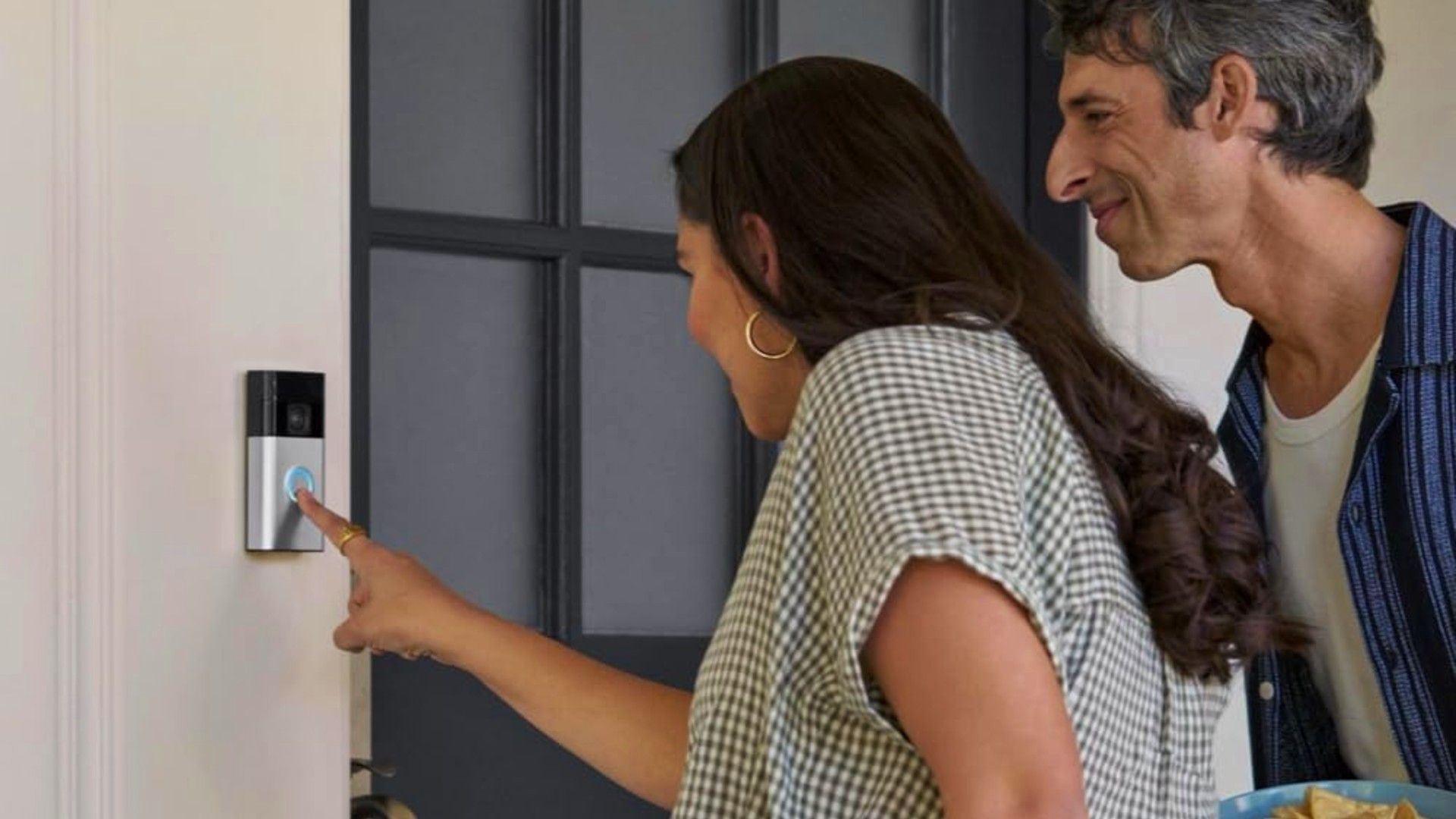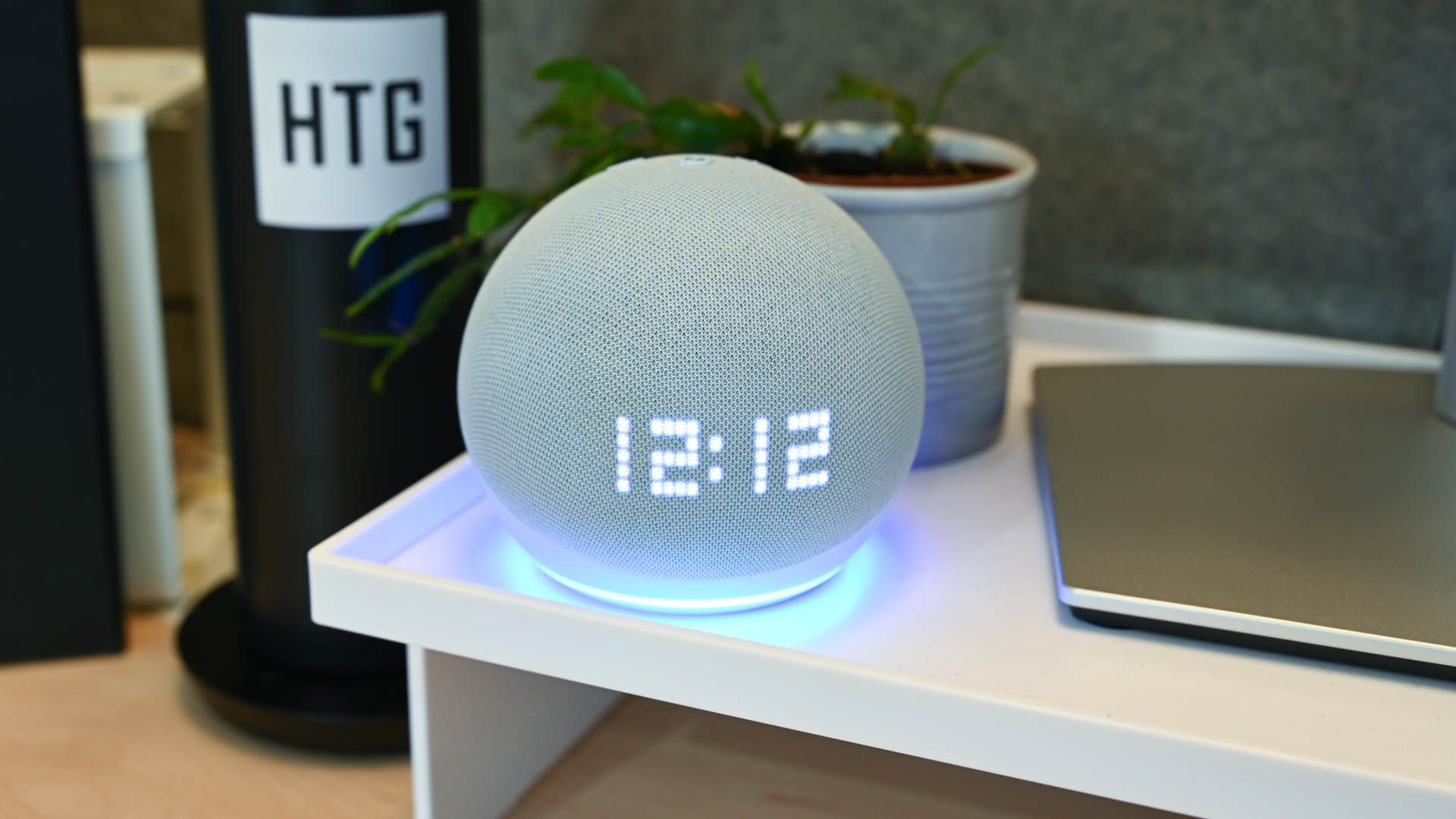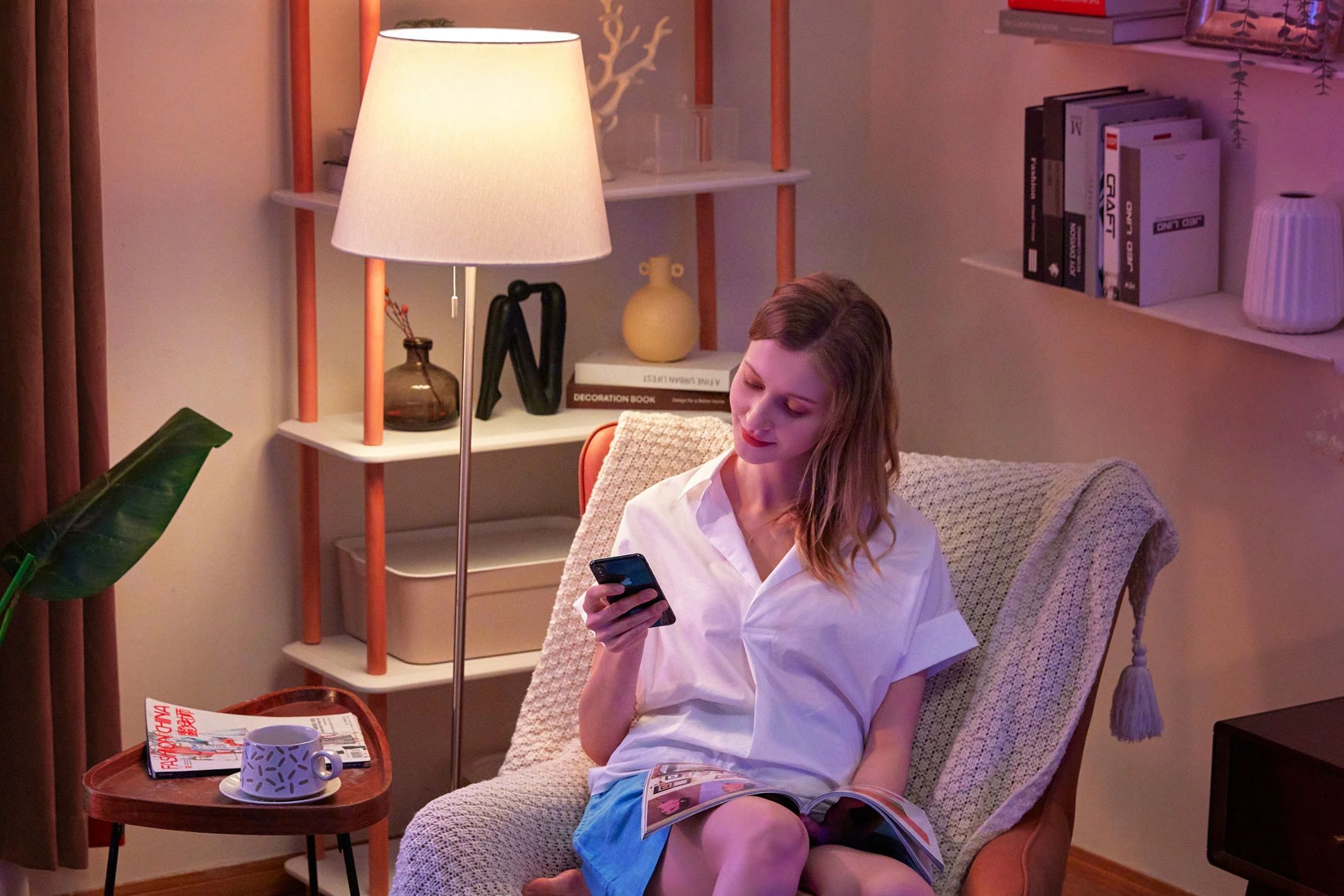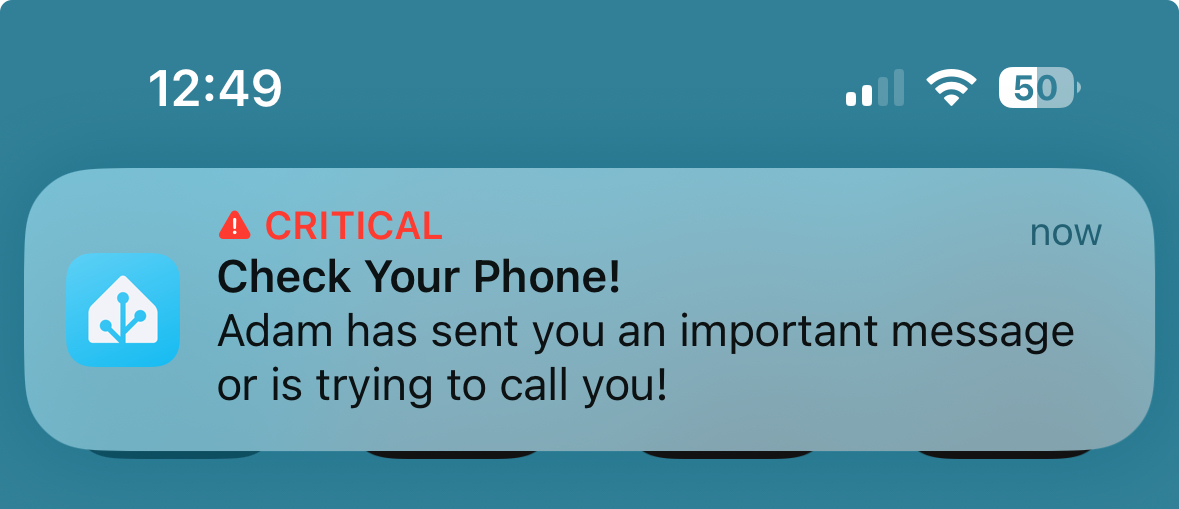Summary
- My family hated my smart home automations as they often made life more complicated.
- They finally got on board when I created personalized automations for each family member.
- Including my family in decisions has led to a smart home we can all enjoy.
When my smart home is working perfectly, it can feel like magic. Unfortunately, this is rarely the case. Things go wrong all the time, whether from my incessant tinkering or things beyond my control, such as power outages.
For a long time, smart home problems used to drive my family insane. My automations were often making their lives harder, not easier. However, I finally managed to get them on board.
I Made My First Home Automation Without Consultation
I’ve been messing around with smart home tech for longer than I care to remember. My first smart device was a smart light bulb, but before long, I had become obsessed and had built my own voice assistant using the microphone array in an Xbox Kinect sensor. I was then able to turn my light on and off with a voice command before I ever owned my first Echo smart speaker.
I spent a long time setting up my DIY voice assistant, and I considered it to be nothing short of a miracle of modern technology. Before Alexa, being able to control devices with your voice felt like the stuff of science fiction. I wanted to get it working properly and then show it off to my wife, so I didn’t tell her what I was working on until it was done.
Finally, I had it working and was ready to stun my wife with the incredible voice-controlled light. I brought her to the living room, spoke the voice command, and watched her look fairly unimpressed, before asking me if this was what I’d been spending hours and hours in my study doing. I don’t think she really felt like it was the best use of my time.
People Don’t Like Their Lives Getting More Complicated
From the very outset, my smart home decisions caused friction with my family. While I loved the fact that I could turn on the light in the living room with a voice command, my wife soon became very annoyed that every time she tried to turn the light on at the switch, nothing happened.
This is a major problem with smart bulbs; they need to have power for you to be able to control them. This meant that when I turned the light off with my voice, the light switch was still in the on position. When my wife came into the dark room and pressed the light switch, she was turning the switch off, so of course, nothing happened.
I was able to set up the smart bulb to automatically turn on when power is first restored, which meant that if she pressed the light switch a second time, the light would come on. No one wants to have to press a switch twice that they used to have to press only once, however.
In addition, my homemade voice assistant was far from perfect. The voice commands wouldn’t always register, so you’d end up having to say them multiple times.
The voice commands also required an exact phrase. “Turn on the light” would work, but “Turn the light on” wouldn’t. It meant you had to remember exactly what to say, or it wouldn’t work at all. Instead of making things easier, my smart home automations were making things more complicated for my family.

Related
Your Smart Home Needs a Guest Mode, Here’s How to Set One Up
A dedicated guest mode is better for you and for your guests.
Why Did the Lights Go Out Again?
One of the best (and worst) parts of setting up a smart home is the constant tinkering. It can provide hours of fun when you’re working on an automation that works like magic, but also bring hours of misery trying to discover the reason why none of it is working.
When you’re making changes to your automations, it can often break things. The automation that was previously working flawlessly can stop working completely, which can be incredibly annoying for people in your home.
I’m regularly asked by my family why the lights have gone out again because I’ve messed with something or restarted the Home Assistant server, so the automations aren’t up and running. My daughter even had to suffer through a week of being woken up by her smart light bulb randomly turning on at 9 pm every night, before I finally figured out what was causing it.
It’s very hard to get your family on board with your smart home when it doesn’t do what it’s supposed to. The same is true if it works some of the time, but not all of the time.
I Turned the Tide With Automations That Worked for Everyone
After yet another problem that made everything stop working like it should, I got another earful from my family about my tinkering making things worse, not better. It was then that I stopped to think about how I could get my family on board.
I was having a great time messing around with my smart home and creating all manner of weird and wonderful automations. However, I wasn’t the only person living in the house, and when something went wrong, they were often the ones bearing the brunt of the lights going out or the heating turning off.
These problems didn’t bother me to the same extent because I knew what I was working on and had a vision of what my latest automation would be like when it was finished. I realized that for the rest of my family, they only got the downsides and none of the benefits. It was then that I realized that if I wanted to get them on board with my smart home tinkering, I needed them to be invested in it, too.
I was making automations that were meant to benefit the whole family, such as motion-activated lighting and garbage collection reminders, but I realized that they didn’t have anything that was specifically for them. I started to think about some ideas for automations that would be useful for each of them individually.
Creating Automations for the Family
My son couldn’t yet tell the time and never knew when it was time for him to get up, so I set up an automation that turned the light in his room blue in the morning once it was time to get up. It was dim enough that it wouldn’t wake him if he was still asleep, but clear enough that he could see when he was allowed to come and wake up everyone else.
My daughter likes to read at night, and the light switch is right by her door, a long way from the bed. I created an automation triggered by a smart button by her bed. When she’s finished reading, she presses the button and her relaxing music playlist starts as the light in her room slowly dims, meaning she doesn’t have to get out of her warm bed.
My wife was annoyed that I always missed her messages on my phone in the barrage of other notifications. I built an automation she could trigger from her phone that sends a critical alert to my phone telling me to check my messages, and now I never miss her messages anymore.
Building a Smart Home That Works for Everyone
Once I’d created smart home automations that worked for the members of my family, they finally began to see the benefits of all my hours of tinkering. Finally, they had automations that were making life easier for them, not making it harder.
I encouraged them to try to think of the things that they would like our smart home to be able to do, and we’ve had a lot of fun brainstorming ideas. Not everything that they’ve suggested has been possible, but I’ve managed to create some of the automations they’ve come up with, and it’s always a thrill when they first see them working.
This was my problem all along. I’d been making a smart home that I thought was for everybody, without ever involving my family in the process.

Related
7 Things That Drive Me Mad About My Smart Home (and My Fixes)
I love my smart home, but it can drive me insane.
Things Still Go Wrong but We’re All In It Together
My smart home still isn’t perfect. Things still stop working, and I regularly break automations that had been working perfectly when trying to make improvements. There’s a big difference now, however.
My family is now totally on board. When something goes wrong, they don’t groan nearly as much as they used to, because they know it’s usually because I’m trying something new, and they’re excited to see whether it’s one of the ideas that they suggested. We’re now a team building our smart home together, and it’s all the better for it.














Leave a Comment
Your email address will not be published. Required fields are marked *